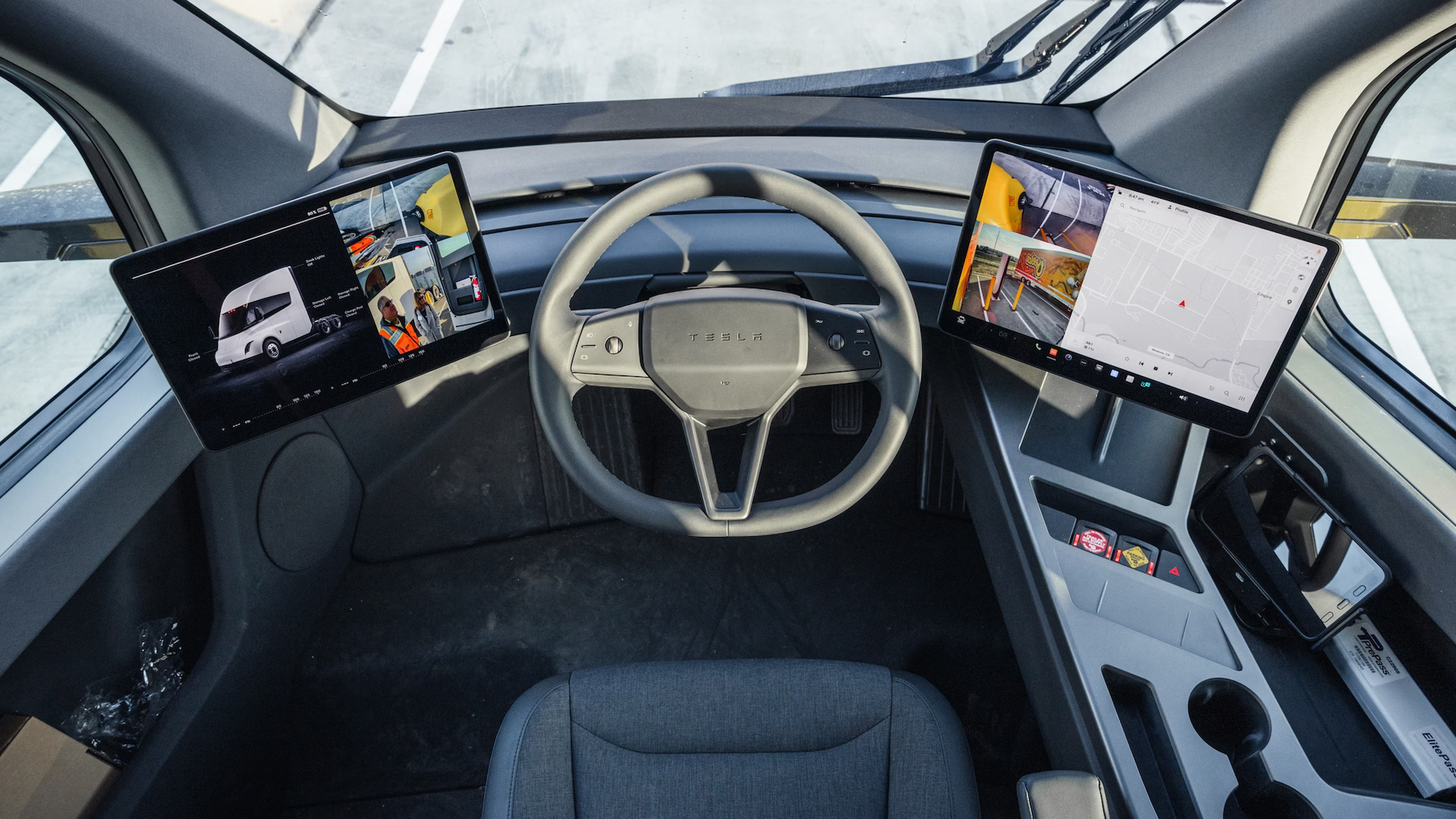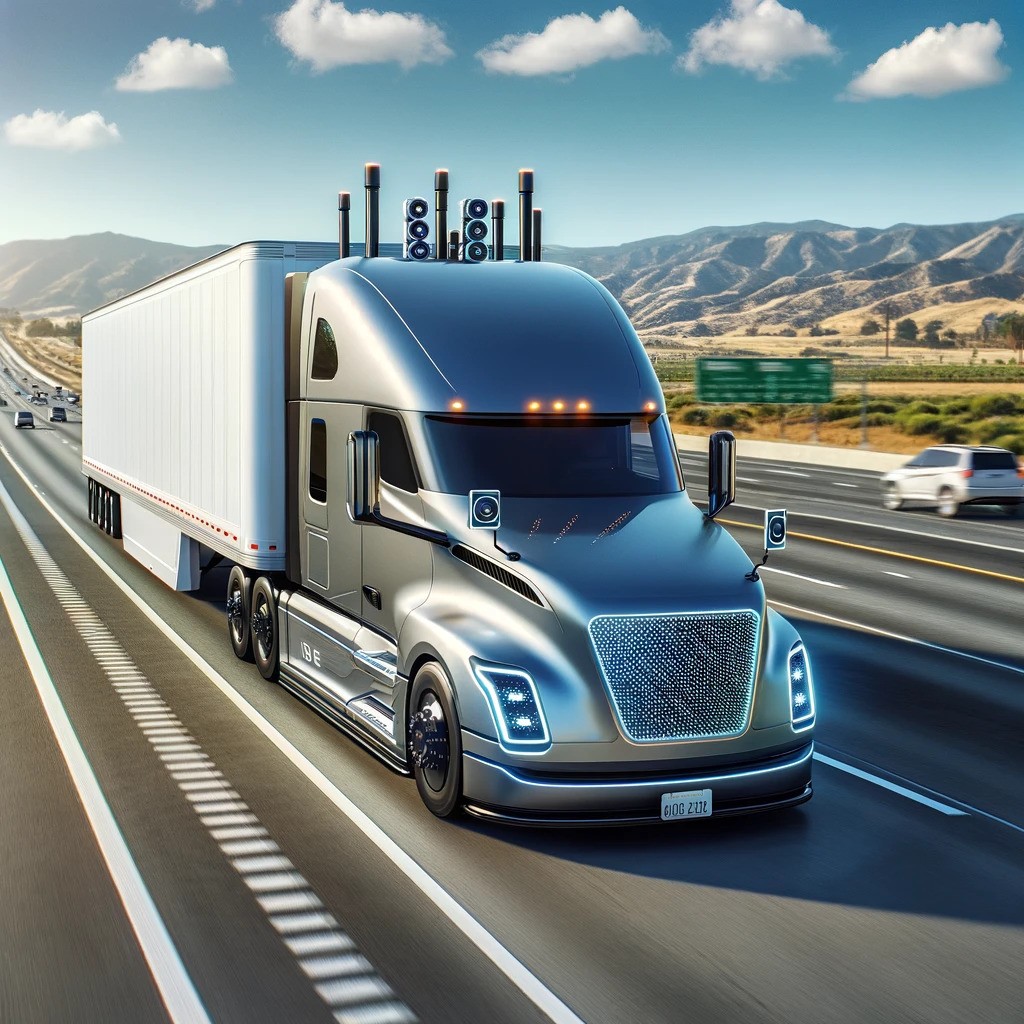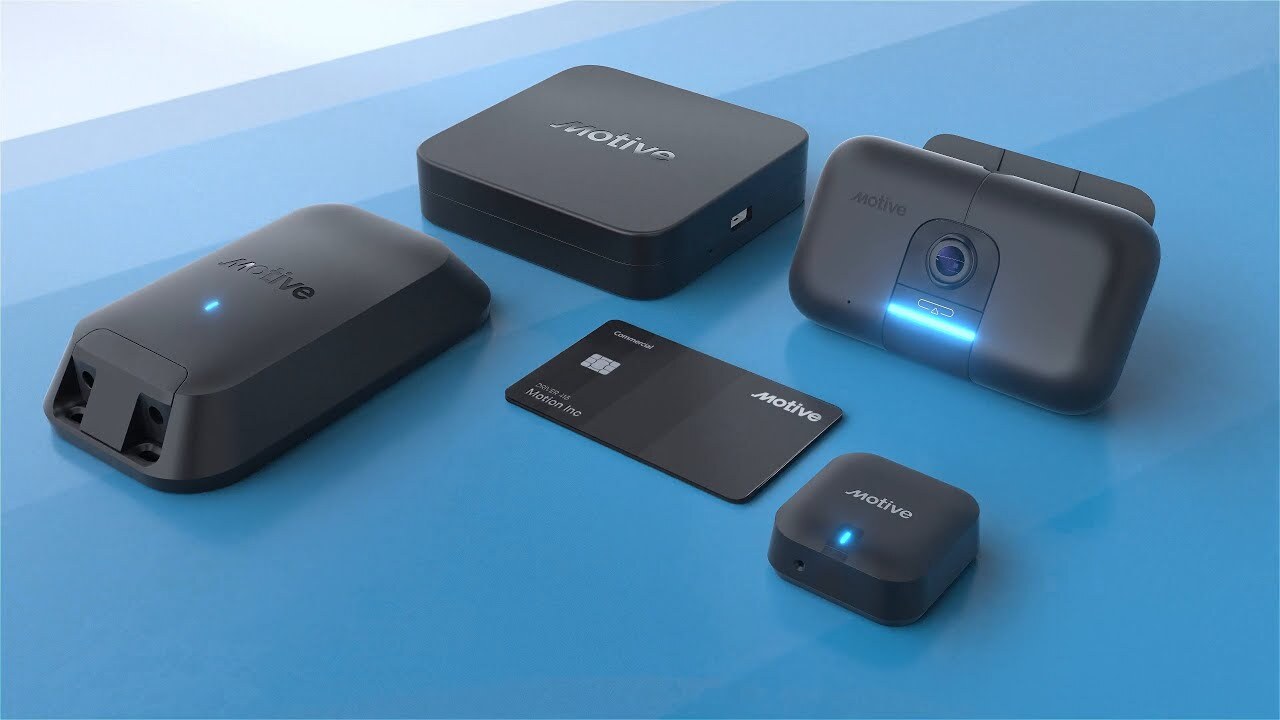In 2017, The Economist released an article titled ‘The world’s most valuable resource is no longer oil, but data’ in which they discuss how data is a key resource in transforming economies around the world. The article also discusses how data is being used to create new products and services that are changing the way we live our lives. So how is the Trucking Industry leveraging data to improve the lives of truck drivers in 2023?
ELDs, what are they?
An Electronic Logging Device, or ELD for short, is a hardware device designed to automatically record a driver’s drive time and other aspects relating to Hours of Service (HOS) compliance. The device does this by monitoring a vehicle’s engine and traveling time. Most notably, an ELD, or electronic logging device, allows for the recording of more accurate driving hours. They also negate the need for manual paper log entries, which can result in unintentional HOS violations.
In 2015, the Federal Motor Carrier Safety Administration (FMCSA) issued a requirement for commercial motor vehicle (CMV) drivers to track their Records of Duty Status electronically, using compliant ELDs instead of paper logbooks. A CMV is any vehicle that is used as part of a business, involved in interstate commerce, and fits any of these descriptions:
Weighs 10,001 pounds or more
Has a gross vehicle weight rating or gross combination weight rating of 10,001 pounds or more
Is designed or used to transport 16 or more passengers (including the driver) not for compensation
Is designed or used to transport 9 or more passengers (including the driver) for compensation
Is transporting hazardous materials in a quantity requiring placards
By late 2019, all CMVs were required to have a certified, registered ELD installed so they could better track HOS compliance. Failure to comply with HOS regulations can mean fines, penalties, and a damaged reputation for your business. So, having an ELD that can help drivers and fleet managers more accurately track their HOS can be a simple way to avoid these consequences.
FMCSAs main aim is to improve compliance with HOS rules so that drivers have more time to rest and are more likely to operate their vehicles in a safe and efficient way. More broadly, electronically logged HOS records are expected to boost fleet efficiency and utilization, as they facilitate more streamlined business operations; more effective vehicle dispatching.
What do ELDs actually track?
Besides the fact the ELDs are a requirement to doing your job as a truck driver in 2023, the device tracks a plethora of data points. Let’s quickly go through the most critical:
Vehicles Geolocation
when engine is started or turned off
vehicle location every 60 mins of operation
when there’s a change of duty status (changing from off-duty driving to on-duty driving, fueling, loading, unloading, or sleeper berth)
Vehicles Runtime and Drivers Work Time
engine run time or turned off to verify compliance with HOS regulations
vehicle loading or unloading times
prolonged idle time or unscheduled stops
Device Alternations and Malfunctions
The ELD directive now offers all fleet systems the chance to enjoy similar advantages by extracting and scrutinizing their ELD data. Much like any excavation activity, you require instruments to discover the real gems. An ELD gadget by itself will only ensure your compliance - however, it does supply the fundamental resources necessary to initiate the data mining (extraction) process.
Who is Mining Trucking Data?
Although the freight service has bounced back, the COVID-19 pandemic has highlighted the need for trucking companies to quickly adopt new technologies and leverage the wealth of data available to increase efficiency, profitability and remain competitive. These emerging technologies include the internet of things (IoT), vehicle-to-vehicle and vehicle-to-infrastructure communication, efficient and reliable cloud-based data storage, faster data transfer protocols, artificial intelligence and machine learning.
As freight companies adopt such technologies, the amount of data generated increases, making data management and strategy even more vital for success. All of these factors have created the perfect storm for big data in trucking. As a result, how we define, store, visualize and analyze data can determine the company’s trajectory and overall competitive advantage.
Mining trucking data helps companies better manage their fleet and improve overall operational processes:
determine when to maintain a vehicle based on usage, condition and wear.
targeting particular parts of a vehicle for maintenance can drive efficiencies in predictive maintenance.
if a vehicle is due for service, knowing that the collected data is pointing to a required maintenance intervention and that additional parts should undergo maintenance at the same time to avoid unplanned service later can lower overall maintenance costs and improve operational productivity.
ELDs offer data points such as the start time, end time, and duration of presence at a location. Optimizing utilization of data mining means fleets can leverage insights to gain understanding about delivery time frames, percentage of on-time deliveries, and instances of missed delivery slots. That information can then be used to develop baseline metrics for determining how efficiently the operation is running and point out areas that need improvement.
Concluding Thoughts
By regularly mining trucking data, fleets can reap benefits in several sectors, like observing cargo and spotting potential issues early enough to handle them; preemptively controlling hold-up complications; identifying which senders or receivers frequently cause delays, and comprehending the actual effort in terms of time and distance required to cater to specific customers along specific cargo routes. While all this technology comes with a price tag, it's entirely justifiable if you discover those precious insights that enhance the efficiency of your business operations.
With the trucking industry’s continued increase in adopting more hardware and software applications, data exhaust is constantly increasing. Rapid Relay is leveraging AI and large data models to improve the quality of life for truckers, reduce unnecessary emissions caused by “status-quo” practices, and reduce costs while increasing return on investment for trucking operations of all sizes.





